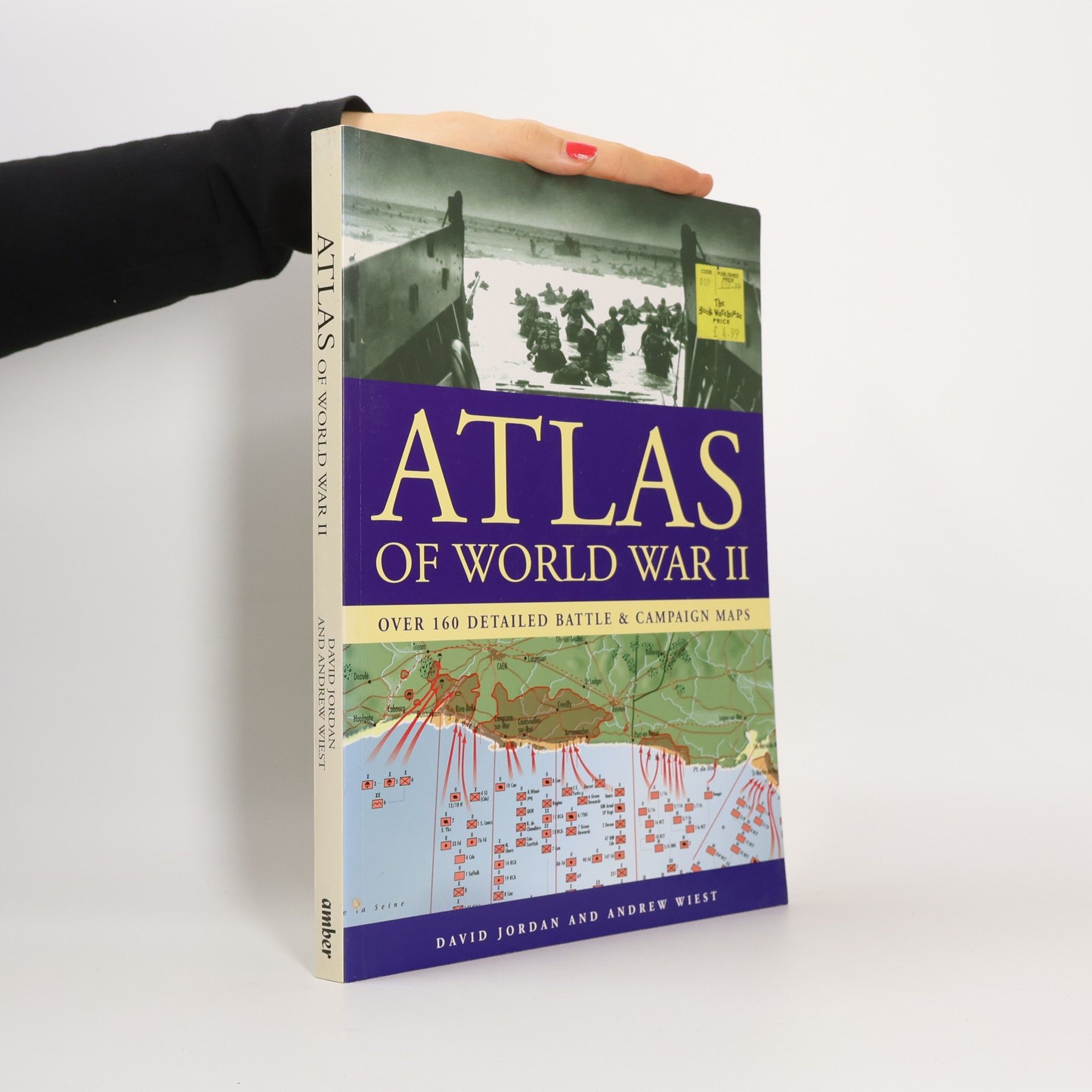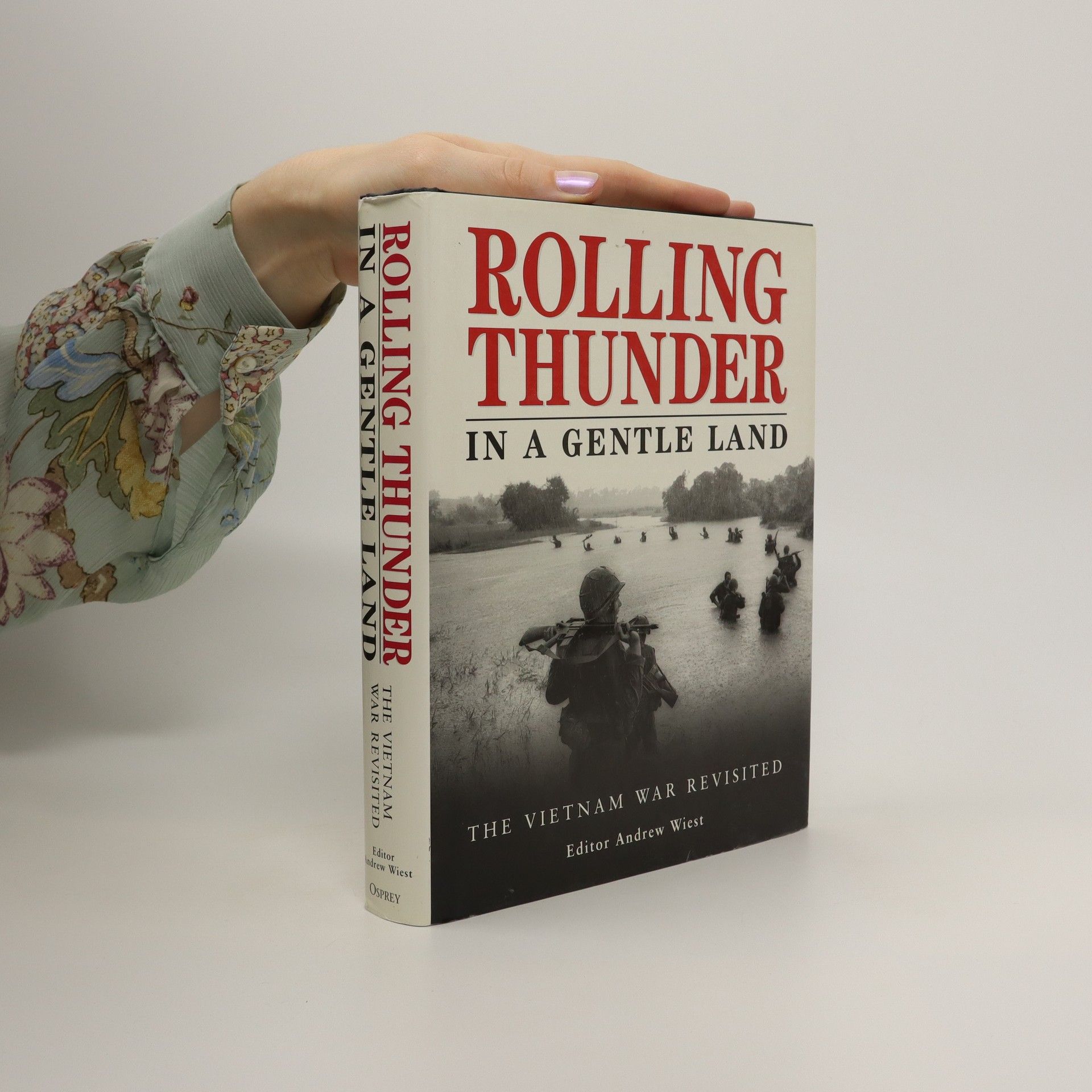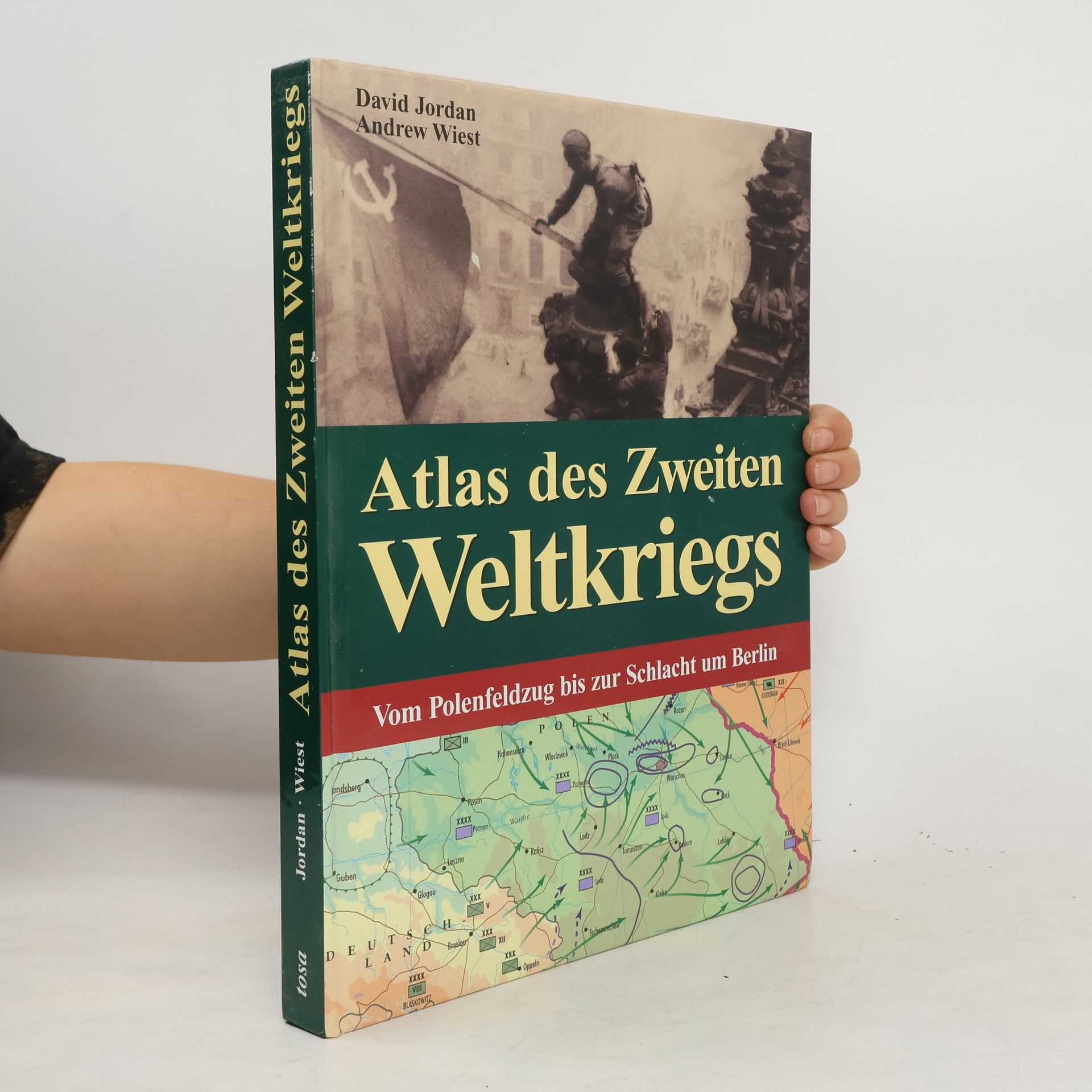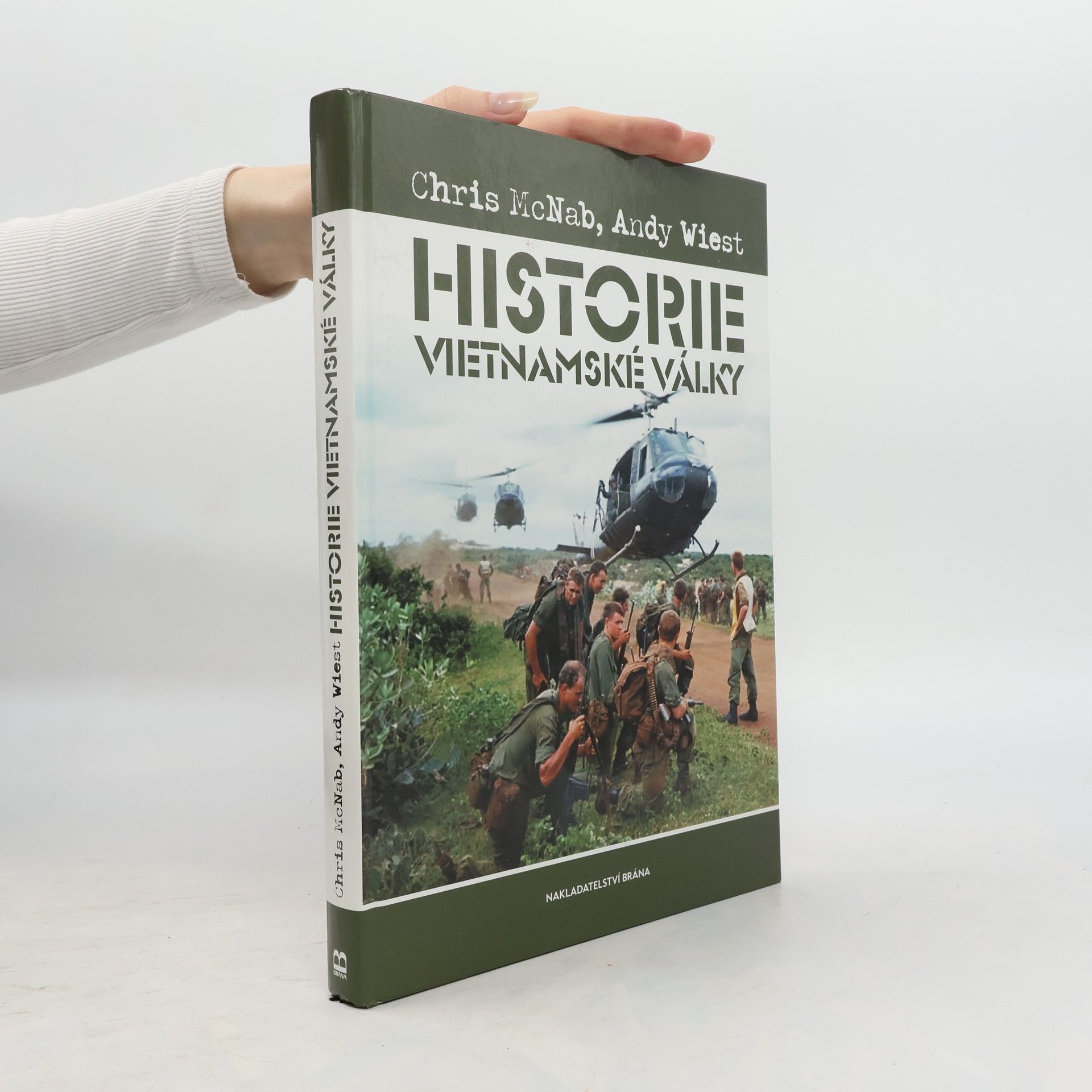After the first few months of World War I, the Western Front consisted of a relatively static line of trench systems which stretched from the coast of the North Sea southwards to the Swiss border.
Andrew Wiest Books







"With updates from the author, specially commissioned maps and 50 new images, this is a concise overview of America's most divisive war."--
Rolling Thunder in a Gentle Land
- 336 pages
- 12 hours of reading
Andrew Wiest has collected 15 uniformly excellent new essays by highly regarded scholars, veterans, and victims from differing military, political, and academic perspectives to present the Vietnam War in a global context
An unsparing account of the harsh realities of war, this book offers a deep exploration of combat experiences through the eyes of a distinguished military historian. It delves into the complexities and brutalities faced by soldiers, providing a poignant and insightful perspective on the impact of warfare. The author's expertise brings to life the challenges, sacrifices, and human stories behind the conflicts, making it a compelling read for those interested in military history and the true nature of battle.
Atlas of World War II
Over 160 Detailed Battle & Campaign Maps
Obrazové dějiny první světové války
- 264 pages
- 10 hours of reading
Publikace popisuje konflikt, který má počátek už v modernizaci námořních vojsk na začátku 20. století a do r. 1918 přinesl smrt téměř 23 milionům lidí jako přímý následek bojových akcí. Další zemřeli při pandemii španělské chřipky, která propukla po skončení bojů. Válka přinesla obrovské sociální, politické i vojenské změny. Za pomoci 250 černobílých fotografií, z nichž mnohé jsou publikovány poprvé, i barevných snímků tato publikace odhaluje bitvy a ofenzivy na zemi, na moři i ve vzduchu. Text doprovázejí mapy území a vojenských akcí a rámečky s údaji o bitvách a osobnostech zapojených do konfliktu. České vydání doplnila kapitola 1. světová válka v českých zemích o zapojení českých vojáků v bojích i situaci u nás během války.
Přehled dějin války ve Vietnamu od 2. poloviny 40. let 20. století po dobytí Jižního Vietnamu roku 1975. Podrobná historie dlouhodobého konfliktu v jihovýchodní Asii od první války Francie v Indočíně až po zapojení jejích spojenců do války ve Vietnamu. Kniha obsahuje čtrnáct chronologicky řazených kapitol mapujících vývoj tohoto tragického a finančně náročného konfliktu a je doplněna více než čtyřiceti podrobnými popisy významných událostí a také životopisy nejvýznamnějších osobností, které konflikt zásadně ovlivnily. - Kompletně zpracovaná historie vietnamské války - Známé i doposud nepublikované fotografie - Graficky zpracované mapy největších bitev


